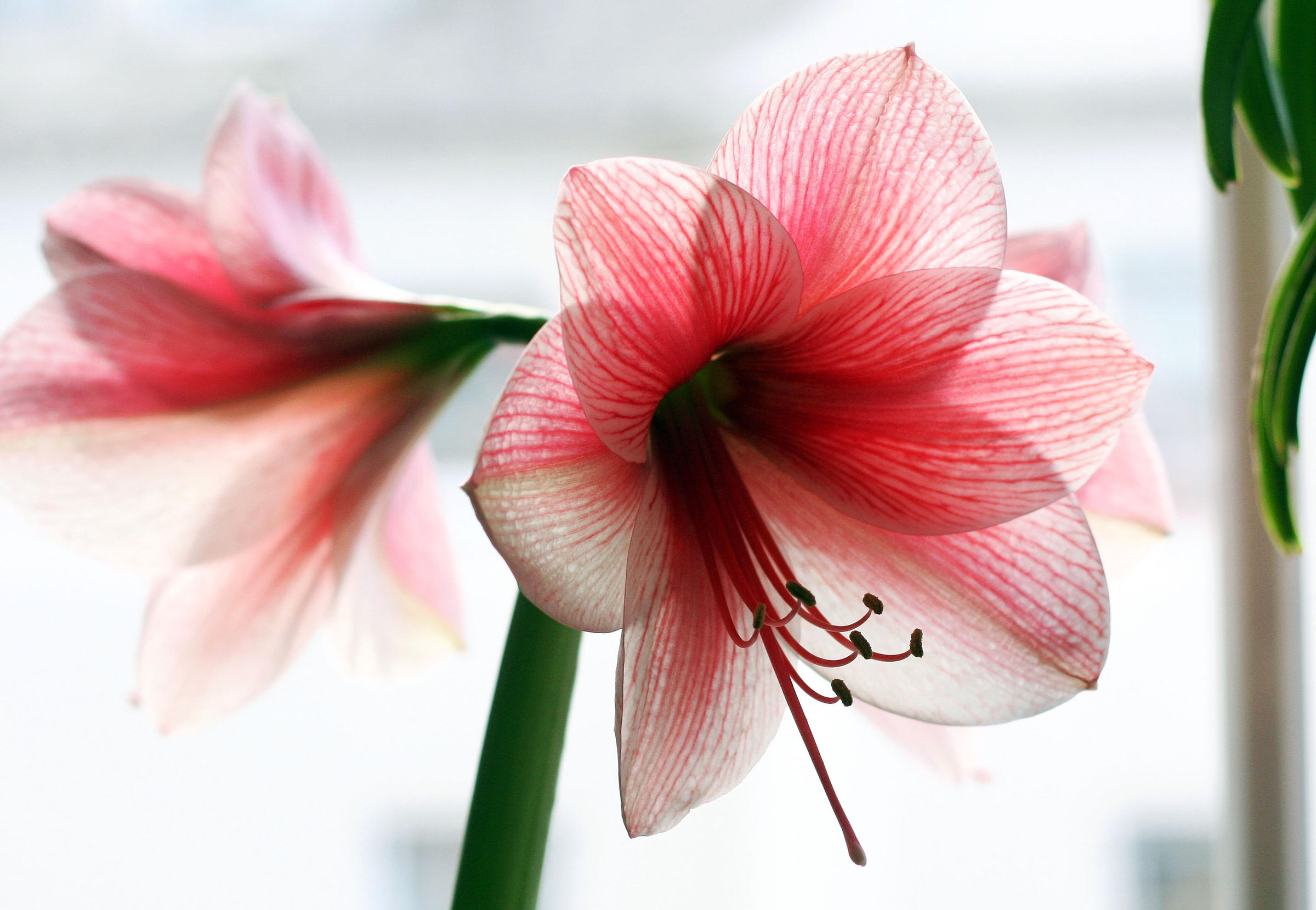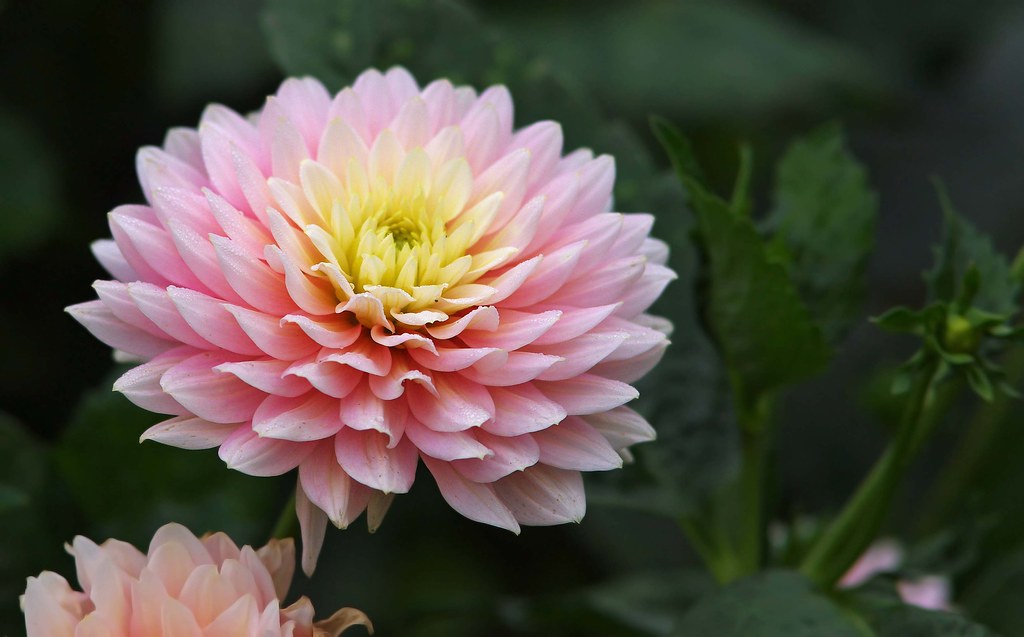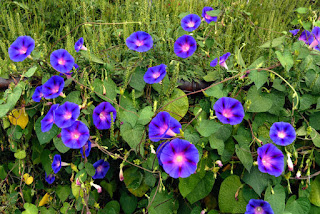It is very important to provide adequate heat for your iguana. These reptiles are native to warm climates such as Central and South America, and they are not used to lower temperatures. When keeping an iguana as a pet it is important to have a heat lamp to keep the iguana warm. Average temperature needed on a day to day basis is between 80 and 90 degrees. Once you have a heat lamp in place it is important to make sure that you watch your iguana to see how they react to the heat. If they are constantly under the heat lamp it needs to be warmer, if they are never under the heat lamp it needs to be cooler. Nighttime temperature shouldn't drop below 75oF, daytime temperatures should be in the range of 85-95oF, with a hot stop between 97-99oF. Check your temperatures. These temperatures can be attained by use of heat lamps hooked up to a dimmer. Iguanas are cold blooded and cannot regulate their temperature like humans. Therefore when they get to hot or cold they move to where it is cooler or warmer. Do not allow your iguana direct access to the heat lamps as they may burn themselves. Electrically heated terrarium rocks, though aesthetically pleasing are potentially dangerous and should not be used.
Prepare your iguana's home. You'll need a nice large house for your iguana. An aquarium that you get from a pet store is not big enough, even for your baby iguana. A good size for an adult iguana cage is 3 feet (0.9 m) deep x 6 feet (1.8 m) wide x 6 feet (1.8 m) high. This will give even an adult iguana some space to move around.
Other things to consider include the need for large branches, as iguanas love to climb. As a way to regulate the humidity within the cage consider buying a humidifier to put moisture into the air. The most important thing to remember when buying or making your pet's home is that iguanas grow very fast.
Feed your iguana properly. Iguanas are vegetarians and a variety of dark green leafy vegetables will keep your iguana healthy. Recommended greens are -collard greens, mustard greens, alfalfa, dandelion greens, watercress. Iguanas do not eat head or iceberg lettuce as these have virtually no nutrition! Romaine lettuce is acceptable, yet iguanas also need a wide variety of other fruits and vegetables to maintain a healthy diet. These include -yucca root, snap peas, parsnip, papayas, okra, mango, kabocha squash, green beans, butternut squash and acorn squash "avoid citrus fruits though, as reptiles can't handle the acidity". For treats you can give them - dahlia, hibiscus, grapes, raspberries, strawberries, or whole wheat bread pieces "give them bread very sparingly though" and do not be afraid of giving your iguana some "Commercial Iguana Food". It does provide the nutrients they need. However, it is "highly" recommended to give them vegetables and fruits so they have a broad source of vitamins and nutrients they need as well as extra hydration. Iguanas need a constant supply of fresh, clean water to drink from! Be sure to change the water frequently, otherwise you risk having a sick lizard!
Multiple Iguanas- Not a good idea if in the same cage. Iguanas are by nature very territorial, in the wild they live on their own and only get together to mate. Having two or more iguanas in the same cage will usually cause them to become aggressive with each other leading to fights and injured iguanas. This can cause disease such as mouth rot. Mouth rot happens if the iguanas get hurt at the mouth and the wound gets infected. Likely you won't notice it for a while but he or she will eventually stop eating due to the infection. Mouth rot can also occur from bacterial, viral, and parasitic origins. Mouth rot can occur from incorrect cage humidity and temps, poor nutrition, or bacterial infection. You can tell right away if your pet has mouth rot by just looking at his mouth. If you see puss in the mouth "usually looks like cottage cheese" or any swelling on the jaws, its most likely a type of mouth rot. There are vast ways an iguana can be in danger of something going wrong but mouth rot can be more common due to improper cage setup. It is treatable, but do not wait until your pet is very weak to get him treated, otherwise it may be too late to save the iguana. Don't wait to treat a problem or your iguana may die. Do as much research as possible, and set thing up right the first time around. An iguana can become a wonderful pet if care is taken seriously, as these lizards can live 20+ years.




















